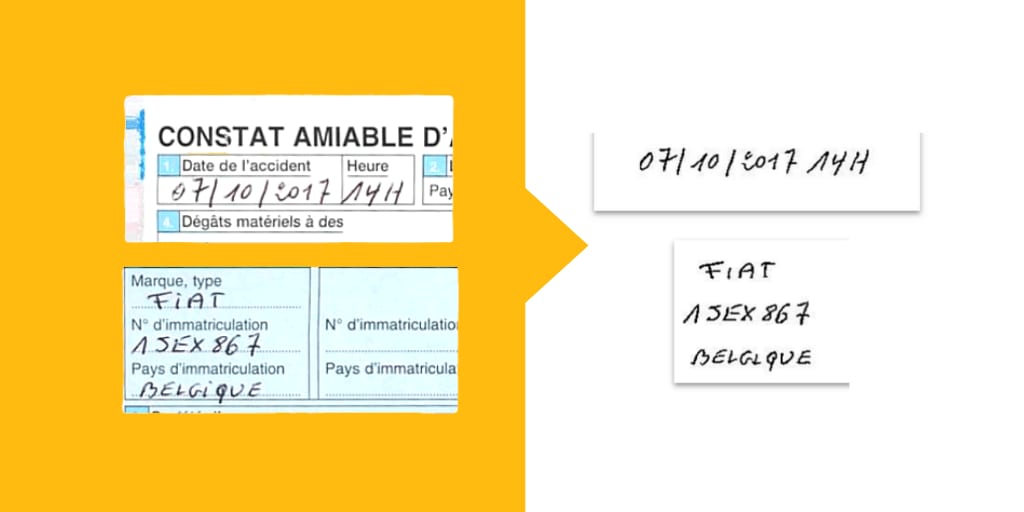Optical Character Recognition (OCR) is one of the most important areas of insurtech innovation affecting the health insurance sector right now. We are delighted and proud to say that Sprout.ai is leading from the front and has developed two proprietary algorithms that will bring the best text extraction capability to the market, Super Resolution and Super Duplication.
Super Resolution uses our deep learning models to first isolate the handwritten text from complex form. It then employs cutting edge OCR tech to read this text. Super Duplication allows us to perform cutting edge OCR on machine printed text, such as invoices.
Beating Google’s API hands down
Our Super Resolution algorithm has been benchmarked against Google’s API. The results were impressive as we saw a 32% improvement in our solution compared to Google’s. This has highlighted that our solutions are becoming best in class in several modules. If you are interested in learning more about the benchmarking, feel free to get in touch via our contact page.
A new approach
Going up against the likes of Google and coming out on top is no small feat. A key to our success has been to approach the challenge from a whole new angle. To date, OCR has always focused on a “whole document” approach, using a single solution to extract all the data from patient notes and, hospital admission forms and the like in one go. We decided to first separate out the handwritten text, clean any extraneous “noise” such as lines, stains or machine-written text and only then to process it.
Our approach also allows us to build a deep learning model by using a fraction of the data that is usually required. Super Duplication can deliver the same performance as other solutions while using 50 times less data. Given the same amount of data, Sprout.ai can increase that performance level by 35 to 55 percent.
Unprecedented performance
The results demonstrate a level of performance that has never been seen before – not even by software developed by the likes of Google, Microsoft or Amazon. For one thing, our system is capable of working on any document without the need for pre-training. In other words, we do not have to “show” it where the handwritten text is on the form or medical notes. Secondly, it is capable of working with documents regardless of quality – for example, photographs of doctor’s notes text taken at a strange angle with poor focus, or documents that have been crumpled or stained.
Although pre-training is not necessary, we have found that if we do so, the performance level increases by a further 20 percent on average. This opens up a world of possibilities in terms of enrichment capability for effective analysis of the most challenging documents. For example, even if you can’t read your doctor’s scrawled notes, our technology can decipher them for you!
Practical applications
Throughout the research and development of these solutions, we have never lost sight of our core aim. This is to settle health insurance claims in real time, saving insurance companies time and administrative costs while simultaneously increasing customer satisfaction. Effective data extraction is absolutely key to meeting this goal. The more data that is extracted, the better the predictive capabilities will be.
Having said that, it takes no great leap of the imagination to see that these OCR solutions could have many other applications that go beyond the world of health insurance. One example would be in corporate invoice or expense apps. Our algorithms could easily extract all the data that currently demands time-consuming manual data entry processes.

